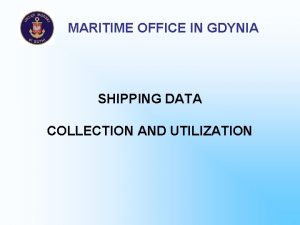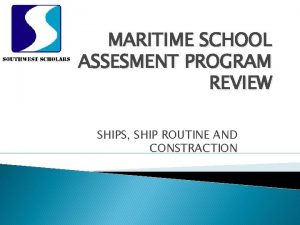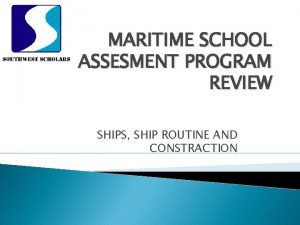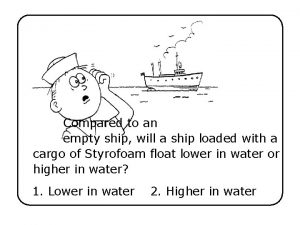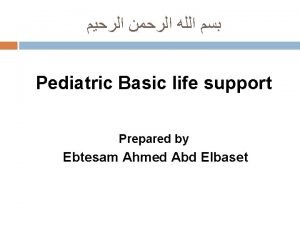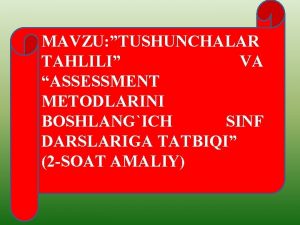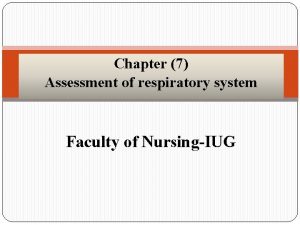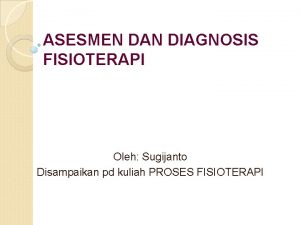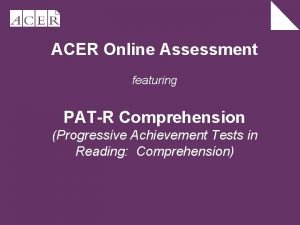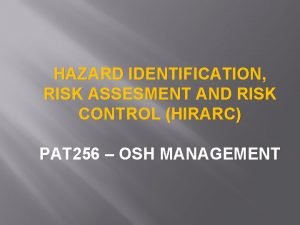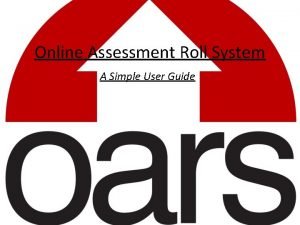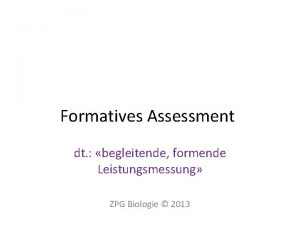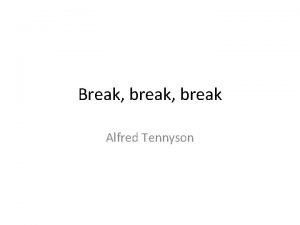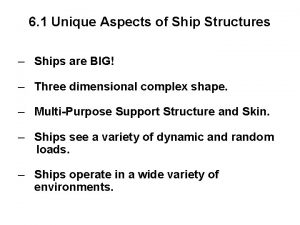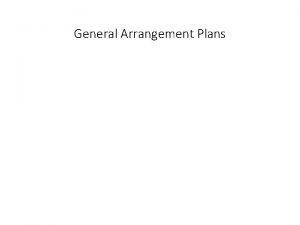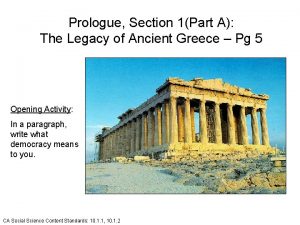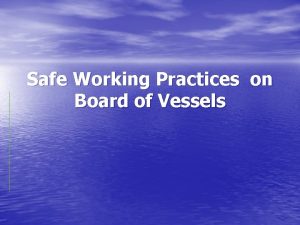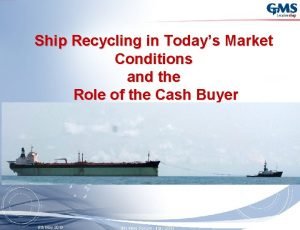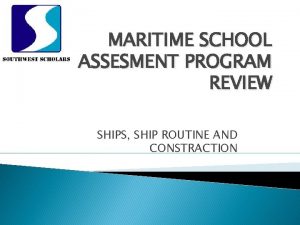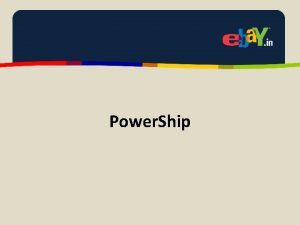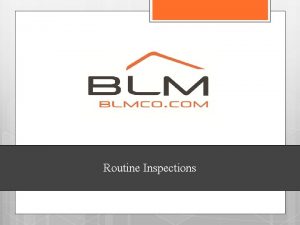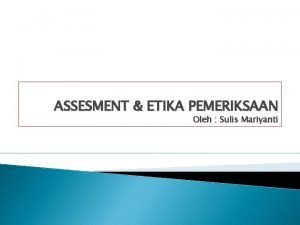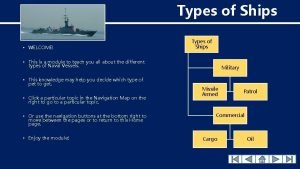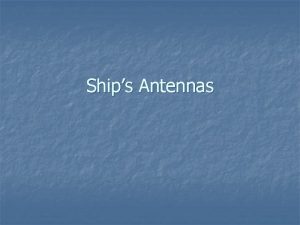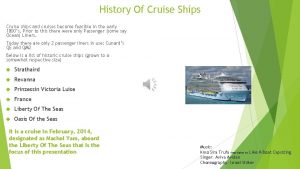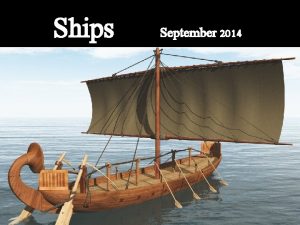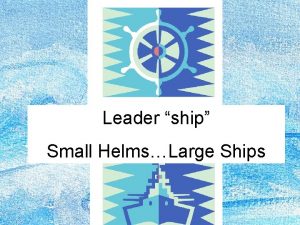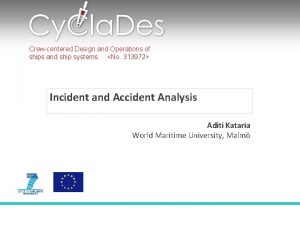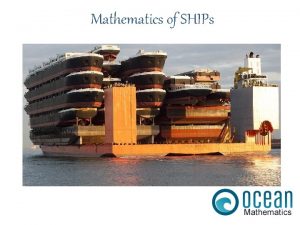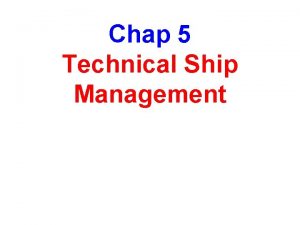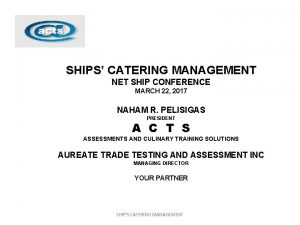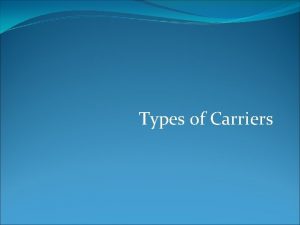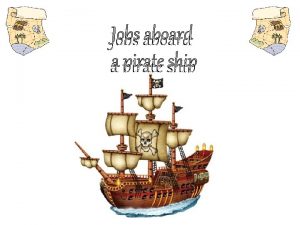MARITIME SCHOOL ASSESMENT PROGRAM REVIEW SHIPS SHIP ROUTINE



































- Slides: 35

MARITIME SCHOOL ASSESMENT PROGRAM REVIEW SHIPS, SHIP ROUTINE AND CONSTRACTION

1. The "margin plate" is the ______. A. outboard strake of plating on each side of an inner bottom B. outer strake of plating on each side of the main deck of the vessel C. plate which sits atop center vertical keel D. uppermost continuous strake of plating on the shell of the vessel

2. The main underdeck pipeline on a tankship is connected to individual tanks by ______. A. Tank drops B. Line drops C. Crossover D. Branch lines

3. What is a cofferdam? A. Opening in the deck used for cleaning a tank B. Tube fitted to an ullage hole C. Void or empty space separating two tanks D. Area the product is loaded into

4. Holes in the bulwark, which allow deck water to drain into the sea are: A. doggers B. fidleys C. freeing ports D. swash ports


5. A flanged plate fitted over an air port on the ship’s outside shell to prevent water from entering the port is a ______. A. brow B. copper plate C. cover plate D. shade

6. To determine the weight capacity of a deck in a cargo hold, you would refer to the ____. A. deadweight scale B. cubic capacity tables C. general arrangement plan D. deck capacity plan

7. The weight of the liquid displaced by a ship floating in sea water is equal to the ______. A. weight required to sink the ship B. displaced volume C. reserve buoyancy D. total weight of the ship

8. Which term indicates the rise in height of the bottom plating from the plane of the base line? A. Deadrise B. Camber C. Molded height D. Sheer

9. Buckler plates are _____. A. triangular-shaped plates connecting the bull chain to the topping lift B. metal plates secured over the top of the hawse pipes C. faired shell plates with curvature in two directions D. sheets of dunnage used to prevent heavy cargo from buckling the deck plates

10. A block that can be opened at the hook or shackle end to receive a bight of the line is a _____. A. bight block B. snatch block C. heel block D. gin block

11. The opening in the deck that leads the anchor cable outside the hull is the ______. A. hawse pipe B. fall pipe C. drop pipe D. spill pipe


12. On cargo booms, preventers are _____. A. stopper B. runner C. auxilliary guy D. extra fairlead

13. The result of two forces acting in opposite directions and along parallel lines, is an example of what type of stress? A. Strain B. Shear C. Compression D. Tensile

FULL SHEARING STRESS EMPTY

14. The fore and aft run of deck plating which strengthens the connection between the beams and the frames and keeps the beams square to the shell is called the ______. A. limber strake B. sheer strake C. garboard strake D. stringer strake

15. Shell plating is _____. A. the galvanizing on steel B. the outer plating of a vessel C. a hatch cove D. synonymous with decking

16. The type of welding employed in shipyards is primarily _______. A. pressure welding B. brazing C. thermite welding D. electric arc

17. Transverse frames are more widely spaced on a ship that is designed with the _______. A. longitudinal system of framing B. transverse system of framing C. centerline system of framing D. isometric system of framing

18. The term "strake" is used in reference to ______. A. rudder mountings B. anchor gear C. hull plating D. vessel framing

19. When the longitudinal strength members of a vessel are continuous and closely spaced, the vessel is _______. A. transversely framed B. longitudinally framed C. intermittently framed D. web framed

20. A vessel having continuous closely spaced transverse strength members is ____. A. longitudinally framed B. cellular framed C. web framed D. transversely framed

21. A. B. C. D. In nautical terminology a "dog" is a _____. crow bar heavy steel beam device to force a watertight door against the frame wedge

22. When using the term "limber system" one is referring to a ______. A, drainage system B. cleaning system C. strengthening system D. weight reduction system

23. What is the usual depth of beam brackets? A. 2 ½ times the depth of the beam B. 5 times the depth of the beam C. 7 times the depth of the beam D. Same as the depth of the beam

24. Which is an advantage of using watertight longitudinal division in double bottom tanks? A. Increase the rolling period B. Decrease weight because extra stiffeners are unneeded C. Lower the center of buoyancy without decreasing the GM D. Cuts down free surface effect

25. Panting frames are located in the: A. after double bottom B. centerline tanks C. fore and after peaks D. forward double bottom

26. To rigidly fasten together the peak frames, the stern, and the outside framing, a horizontal plate is fitted across the forepeak of a vessel. This plate is known as a (an): A. apron plate B. intercostals plate C. breast hook D. joiner

TRANSVERSE FRAMING SYSTEM

27. Reinforcing frames attached to a bulkhead on a vessel are called; A. side longitudinals B. brackets C. stiffeners D. intercostals

28. What is the purpose of the perforation of a manger in the chain locker? A. to allow water to drain properly B. to prevent the chain from running out C. for proper ventilation D. to secure the end of the chain

29. The ratio of the height of the vessel’s rudder to its width is called: A. rudder ratio B. constriction ratio C. steering ratio D. aspect ratio

30. To reduce the number of strakes at the bow, two strakes are tapered and joined at their end by a single plate. This plate is known as: A. cover plate B. lap strake C. joiner D. stealer plate
 Phics
Phics Flounder plate ship
Flounder plate ship Ship routine
Ship routine A boat full of scrap iron floats
A boat full of scrap iron floats Pediatric assessment triangle
Pediatric assessment triangle Sample brief lesson plan
Sample brief lesson plan Matematika boshlang'ich tushunchalar
Matematika boshlang'ich tushunchalar Information technology assessment
Information technology assessment Chapter 7 assesment
Chapter 7 assesment Diagnosis fisioterapi
Diagnosis fisioterapi Oars acer
Oars acer Hira chart
Hira chart Essensial assesment
Essensial assesment Tim rapid health assessment terdiri dari
Tim rapid health assessment terdiri dari Informative assesment
Informative assesment Assessment roll
Assessment roll Assessment strategies
Assessment strategies What is a team around the child meeting
What is a team around the child meeting Tide indiana testing
Tide indiana testing Zpg biologie
Zpg biologie Wireless assesment
Wireless assesment Ecological risk assesment
Ecological risk assesment A spar attached to the of a mast running athwart ship
A spar attached to the of a mast running athwart ship Break break break poem analysis
Break break break poem analysis Ship hull
Ship hull What is general arrangement plan
What is general arrangement plan The turbine rotor of a ship has a mass of 3500kg
The turbine rotor of a ship has a mass of 3500kg Xerxes bridge of ships
Xerxes bridge of ships Endoplasmic reticulum factory part or worker
Endoplasmic reticulum factory part or worker How many liberty ships were built
How many liberty ships were built Safe working practices on board ships
Safe working practices on board ships Interjr
Interjr Famous tudor ships
Famous tudor ships Ship cash buyers
Ship cash buyers What is the smallest living unit
What is the smallest living unit Analogy for microtubules
Analogy for microtubules
